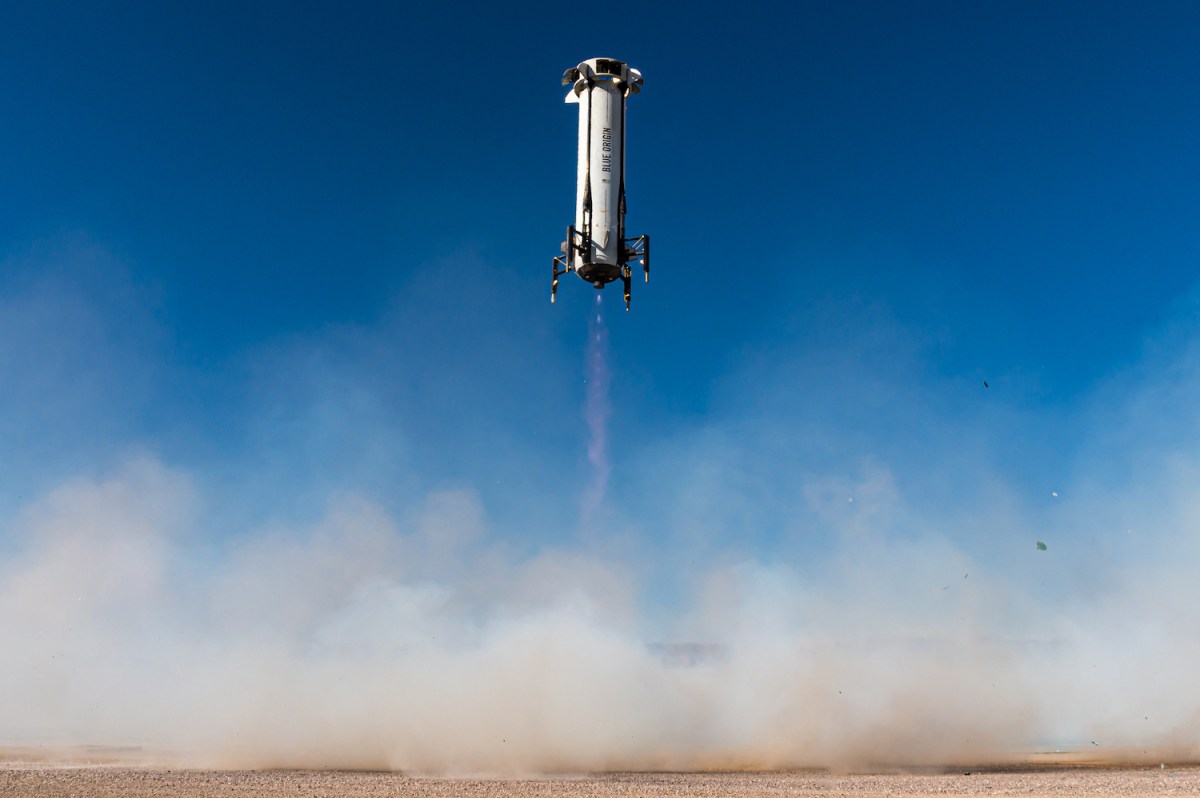Blue Origin has carried out a successful uncrewed certification mission of its second New Shepard ship on Wednesday, as the company looks to effectively double the number of tourists it can fly to suborbital space and back. The RSS Kármán Line capsule is named for the imaginary boundary at 100 kilometers of altitude separating the […]
© 2024 TechCrunch. All rights reserved. For personal use only.
Blue Origin has carried out a successful uncrewed certification mission of its second New Shepard ship on Wednesday, as the company looks to effectively double the number of tourists it can fly to suborbital space and back.
The RSS Kármán Line capsule is named for the imaginary boundary at 100 kilometers of altitude separating the atmosphere from space; it launched to suborbital space from Blue Origin’s West Texas launch site at 8:27 a.m. PT. This was the 27th flight of a New Shepard launch vehicle since 2015. All those missions used the same capsule, the RSS First Step, bringing 43 people to the edge of space since crewed missions started in 2021. (Boosters, of which there are several, don’t get names.)
“It’s a new dawn, it’s a new day, it’s a new booster and a new crew capsule,” Blue Origin’s Maggie McNeece said during a launch livestream.
The vehicle included some new upgrades to improve performance and reliability, Blue Origin said, as well as improved payload accommodations on the booster. That booster carried five payloads for this mission, while seven additional payloads were placed inside the capsule. While Blue Origin did not release details on all the payloads, McNeece said all but one were technology demonstrations developed in-house. That included two different lidar sensors for the “lunar permanence” program and a navigation system for both New Shepard and New Glenn, Blue Origin’s first orbital rocket, which could launch before the end of the year.
The successful launch followed two attempts scrubbed due to technical issues on October 7 and October 13. The booster separated from the capsule roughly four minutes after take-off, with the capsule autonomously gliding back to Earth under a parachute around six minutes later.
Blue Origin said this new capsule will expand “flight capacity to better meet growing customer demand,” though it’s unclear what launch cadence the company is expecting to meet in the coming months.

Leave a Reply